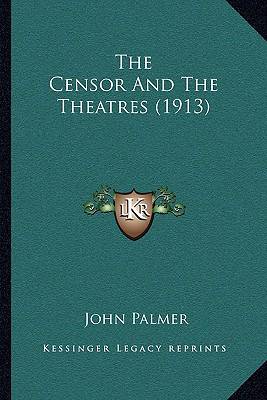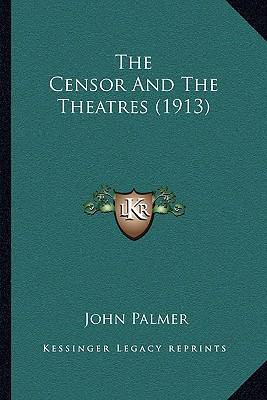
- Afhalen na 1 uur in een winkel met voorraad
- Gratis thuislevering in België vanaf € 30
- Ruim aanbod met 7 miljoen producten
- Afhalen na 1 uur in een winkel met voorraad
- Gratis thuislevering in België vanaf € 30
- Ruim aanbod met 7 miljoen producten
Zoeken
Omschrijving
The Censor and the Theatres is a book written by John Palmer and originally published in 1913. The book explores the history and role of theatrical censorship in England, from its origins in the 16th century to its contemporary state at the time of publication. Palmer provides a detailed analysis of the various laws, regulations, and bodies that have been involved in censoring plays, including the Lord Chamberlain's Office, the Society of West End Theatre Managers, and the British Board of Film Censors. He also examines the various controversies and debates that have arisen over the years regarding censorship, including arguments over artistic freedom, morality, and political influence. The book includes numerous examples of plays that have been censored or banned, as well as discussions of notable figures in the history of theatrical censorship, such as William Archer, George Bernard Shaw, and John Osborne. Overall, The Censor and the Theatres provides a comprehensive and insightful look at the often contentious relationship between theatre and censorship in England.This scarce antiquarian book is a facsimile reprint of the old original and may contain some imperfections such as library marks and notations. Because we believe this work is culturally important, we have made it available as part of our commitment for protecting, preserving, and promoting the world's literature in affordable, high quality, modern editions, that are true to their original work.
Specificaties
Betrokkenen
- Auteur(s):
- Uitgeverij:
Inhoud
- Aantal bladzijden:
- 304
- Taal:
- Engels
Eigenschappen
- Productcode (EAN):
- 9781165793235
- Verschijningsdatum:
- 10/09/2010
- Uitvoering:
- Paperback
- Formaat:
- Trade paperback (VS)
- Afmetingen:
- 152 mm x 229 mm
- Gewicht:
- 408 g

Alleen bij Standaard Boekhandel
+ 86 punten op je klantenkaart van Standaard Boekhandel
Beoordelingen
We publiceren alleen reviews die voldoen aan de voorwaarden voor reviews. Bekijk onze voorwaarden voor reviews.








